The Unique Festivities of Russia's Maslenitsa
Russia's Maslenitsa is a vibrant and unique festival that holds a special place in the hearts of the Russian people. This week-long celebration, also known as Butter Week or Pancake Week, is a colorful and joyous event that marks the end of winter and the beginning of spring. Maslenitsa is deeply rooted in Russian culture and traditions, bringing together families and communities in a spirit of unity and festivity.
During Maslenitsa, the streets come alive with music, dance, and the delicious aroma of freshly cooked blini, thin pancakes served with an array of toppings. These pancakes symbolize the sun and the coming of warmer days, making them a central part of the holiday's culinary traditions. Families gather to enjoy these treats together, reinforcing bonds and creating lasting memories.
One of the most iconic customs of Maslenitsa is the burning of the effigy of Lady Maslenitsa, symbolizing the farewell to winter and the welcoming of spring. This ritual is accompanied by lively folk performances, games, and other festivities that showcase the rich cultural heritage of Russia. From traditional costumes to intricate dances, Maslenitsa is a feast for the senses.
Regional variations add a unique touch to Maslenitsa celebrations across Russia. While grand events take place in cities like Moscow, with elaborate parades and concerts, rural villages have more intimate gatherings with local traditions. Each region puts its own spin on the holiday, reflecting the diverse tapestry of Russian culture.
Modern-day Maslenitsa blends ancient customs with contemporary practices, ensuring that this age-old festival remains relevant in today's fast-paced world. It serves as a reminder of the importance of cultural heritage and community spirit, bringing people together in a shared celebration of tradition and togetherness.
As Maslenitsa approaches, the anticipation builds, much like a crescendo in a musical performance. The excitement and energy of the festival are palpable, drawing people from all walks of life to participate in the revelry and merriment. It is a time of joy, laughter, and connection, where old traditions meet new experiences, creating a tapestry of celebration that is uniquely Russian.
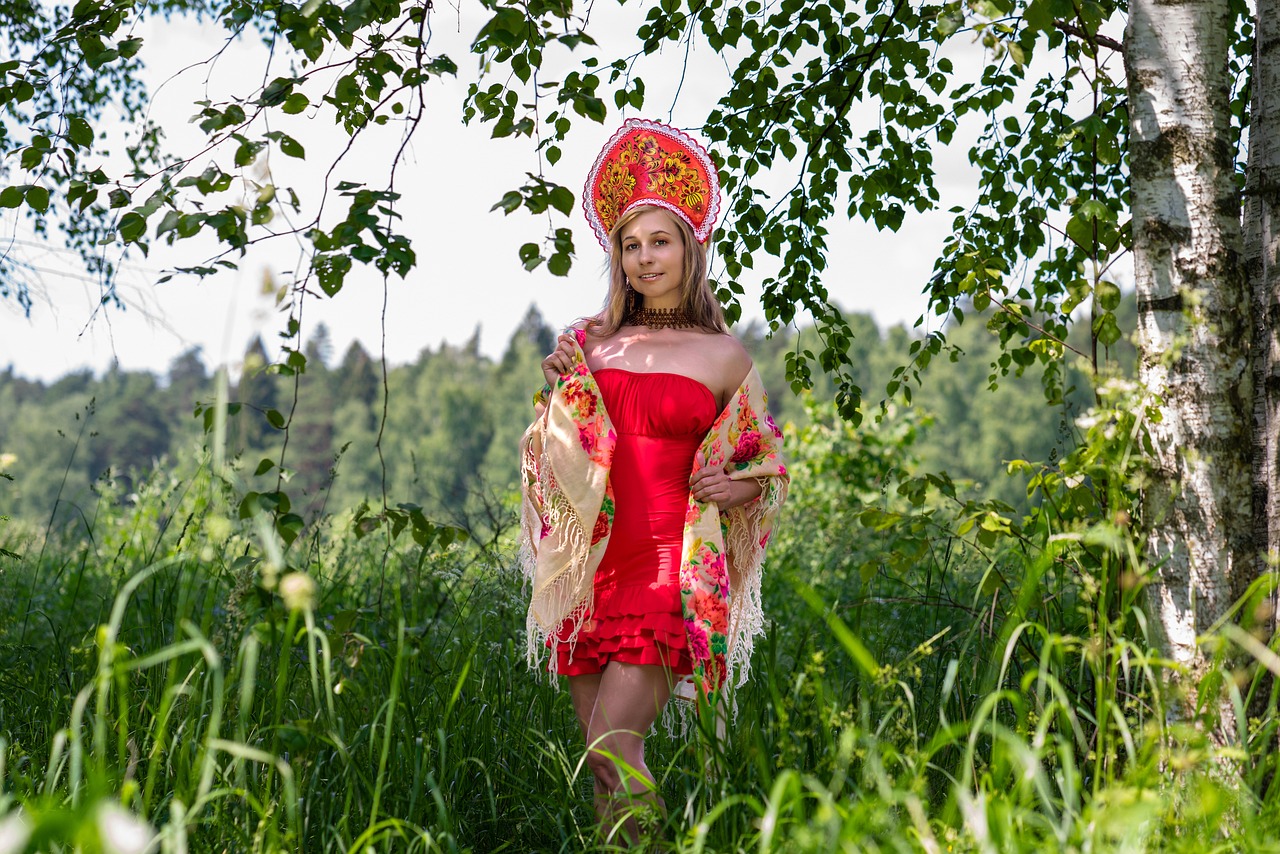
History of Maslenitsa
Explore the traditional Russian festival of Maslenitsa, a week-long celebration leading up to Lent. Discover the customs, food, and activities that make this holiday a vibrant and essential part of Russian culture.
The history of Maslenitsa dates back to ancient Russia, originating as a pagan festival that predates the introduction of Christianity. This joyous celebration marked the end of winter and the beginning of spring, symbolizing the renewal of life and nature. Over time, Maslenitsa evolved into a cultural tradition deeply rooted in Russian folklore and customs.
One of the key elements of Maslenitsa is the ritual burning of the effigy of Lady Maslenitsa, symbolizing the farewell to winter and the welcoming of spring. This act represents the cycle of life, death, and rebirth, a theme that resonates throughout the festival. Additionally, the abundant consumption of blini, or pancakes, during Maslenitsa is a tradition believed to bring prosperity and good fortune for the coming year.
As Christianity spread across Russia, Maslenitsa became intertwined with the Orthodox calendar, aligning the festival with the period leading up to Lent. Despite this integration, many pagan customs and rituals have endured, making Maslenitsa a unique blend of ancient traditions and religious observances.
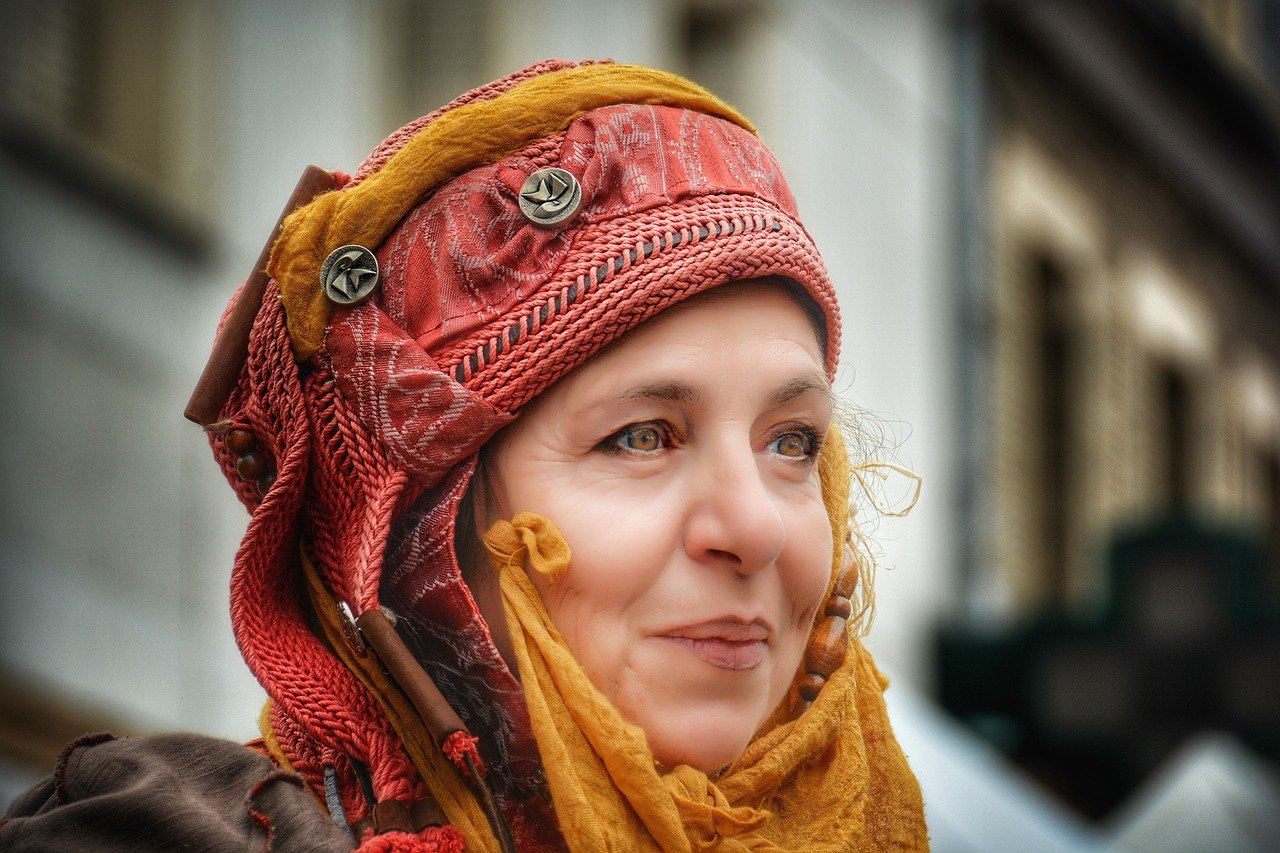
Symbolism and Traditions
Explore the traditional Russian festival of Maslenitsa, a week-long celebration leading up to Lent. Discover the customs, food, and activities that make this holiday a vibrant and essential part of Russian culture.
Learn about the origins of Maslenitsa, a pagan festival that predates the arrival of Christianity in Russia. Understand how it evolved over time to become a beloved holiday celebrated throughout the country.
Delve into the symbolic meanings behind the rituals and customs of Maslenitsa. One of the most iconic traditions is the burning of the effigy of Lady Maslenitsa, symbolizing the farewell to winter and the welcoming of spring. Another integral part of the celebration is the abundant consumption of blini (pancakes), symbolizing the sun and the coming of warmth and fertility. These customs highlight the cyclical nature of life and the eternal renewal of the seasons.
Explore how different regions of Russia put their unique spin on Maslenitsa celebrations. From the grand festivities in Moscow to the more intimate gatherings in rural villages, each area has its own traditions and customs that reflect the local culture and history.
Discover how Maslenitsa is celebrated in contemporary Russia, blending ancient customs with modern practices. Learn about the role of Maslenitsa in preserving cultural heritage and fostering community spirit in a rapidly changing society.
Indulge in the culinary delights of Maslenitsa, from savory and sweet blini to other traditional dishes like pirozhki and kholodets. Explore the significance of these foods in the context of the holiday and how they bring people together in a shared celebration of abundance and joy.
Experience the lively folk performances, music, and dances that are integral to Maslenitsa celebrations. From street fairs to outdoor concerts, these cultural displays showcase the rich artistic heritage of Russia and bring communities together in a spirit of joy and camaraderie.
Understand the importance of Maslenitsa as a time for families and communities to come together. Explore how the holiday strengthens social ties, fosters solidarity, and creates lasting memories for people of all ages, fostering a sense of belonging and togetherness.
Examine the role of Maslenitsa in shaping and preserving Russian identity. From its historical roots to its contemporary relevance, this festival reflects the values, traditions, and spirit of the Russian people, serving as a cultural touchstone that unites generations and affirms a shared sense of heritage.
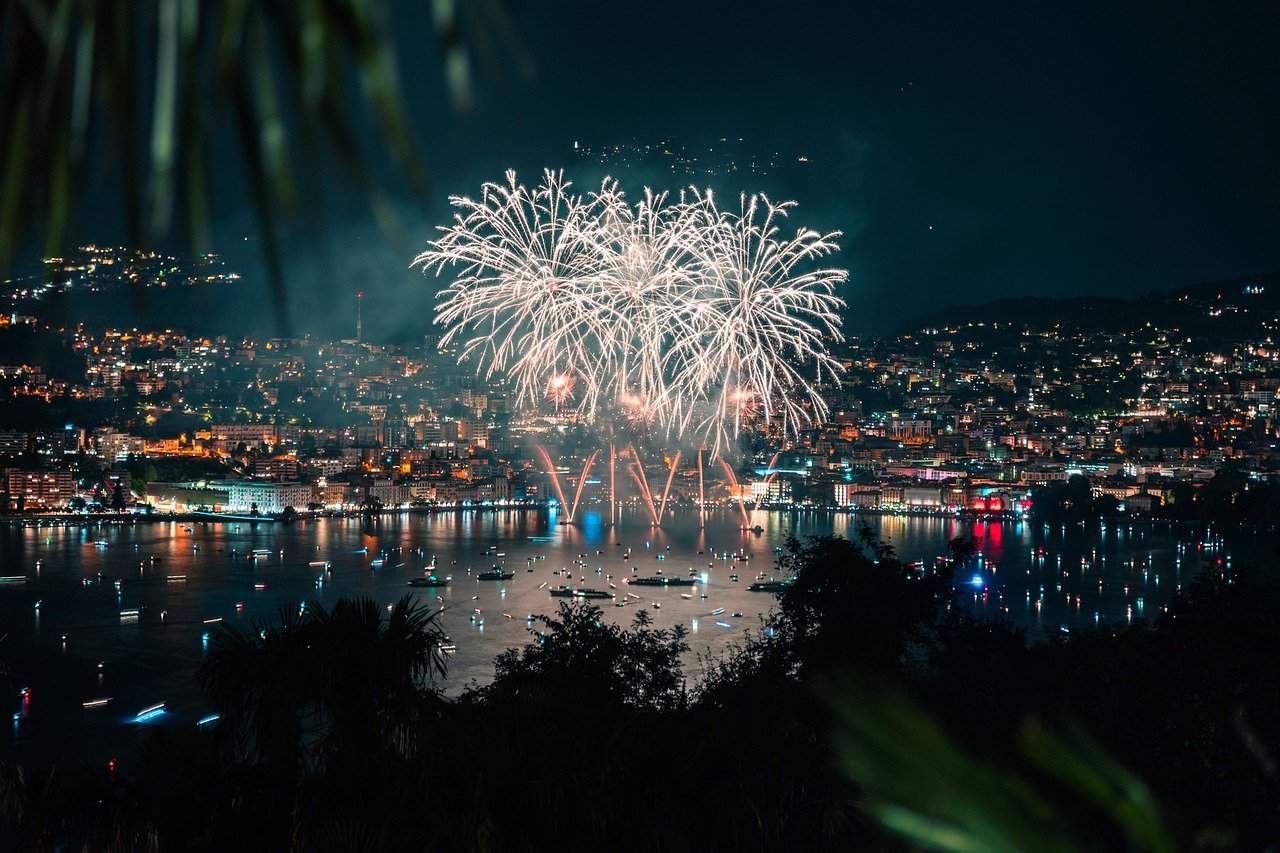
Regional Variations
When it comes to the celebration of Maslenitsa, different regions of Russia infuse their unique flavors and traditions into this vibrant festival. From the bustling streets of Moscow to the serene countryside villages, each area offers a distinct take on the week-long festivities.
In Moscow, the capital city, Maslenitsa is celebrated on a grand scale with elaborate parades, concerts, and fairs that attract locals and tourists alike. The city comes alive with colorful decorations, traditional music, and an array of delicious foods, creating a lively and energetic atmosphere.
On the other hand, in rural villages across Russia, Maslenitsa takes on a more intimate and close-knit feel. Families and neighbors gather to partake in age-old customs such as sledding, ice skating, and bonfire gatherings. The focus here is on community bonding and preserving the traditions passed down through generations.
Each region also showcases its culinary specialties during Maslenitsa. While blini remain a staple across the country, different areas may have their own variations of fillings and toppings, reflecting local tastes and ingredients. Additionally, regional dishes like pirozhki (stuffed buns) and kholodets (jellied meat) add a unique touch to the festive feasts.
Despite these variations, one thing remains constant – the spirit of joy and togetherness that permeates every corner of Russia during Maslenitsa. Whether in a bustling metropolis or a quiet countryside, the essence of this beloved festival shines through, uniting people in celebration and camaraderie.
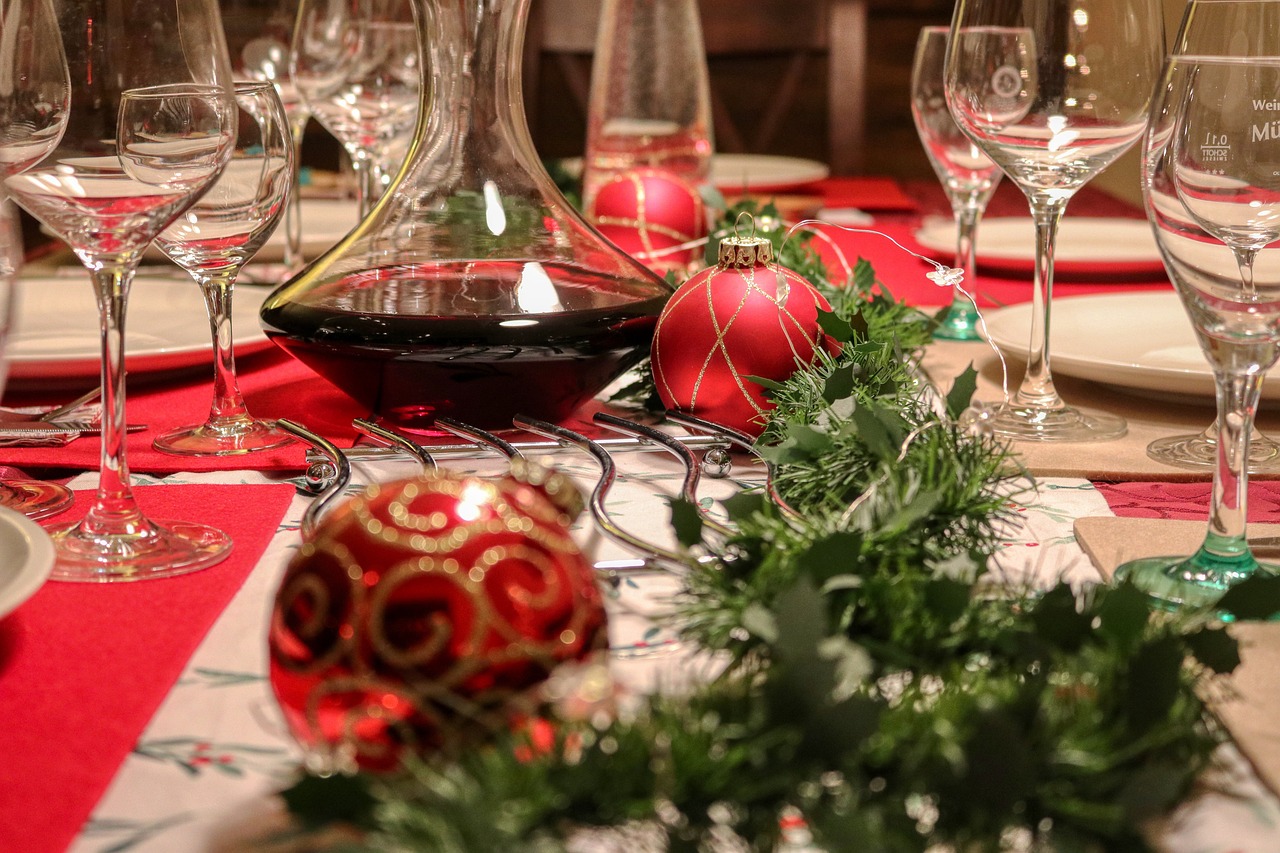
Modern-Day Observance
Modern-day Russia celebrates Maslenitsa with a blend of ancient traditions and contemporary practices, creating a unique cultural experience. The festival, which once marked the end of winter and the beginning of spring, now serves as a time for communities to gather and celebrate together. Throughout the week-long festivities, people engage in various activities that honor the spirit of Maslenitsa while also incorporating modern elements.
One significant aspect of modern Maslenitsa observance is the integration of technology and social media. While the core traditions remain intact, many participants share their experiences online, allowing people from around the world to join in the celebration virtually. This digital presence has helped to spread awareness of Maslenitsa beyond Russia's borders, fostering a sense of global connection and cultural exchange.
Additionally, contemporary Maslenitsa celebrations often feature themed events and interactive experiences that cater to diverse interests. From art exhibitions and culinary workshops to outdoor sports competitions and music festivals, there is something for everyone to enjoy during this festive period. These modern additions not only attract a wider audience but also ensure that Maslenitsa remains relevant and engaging for future generations.
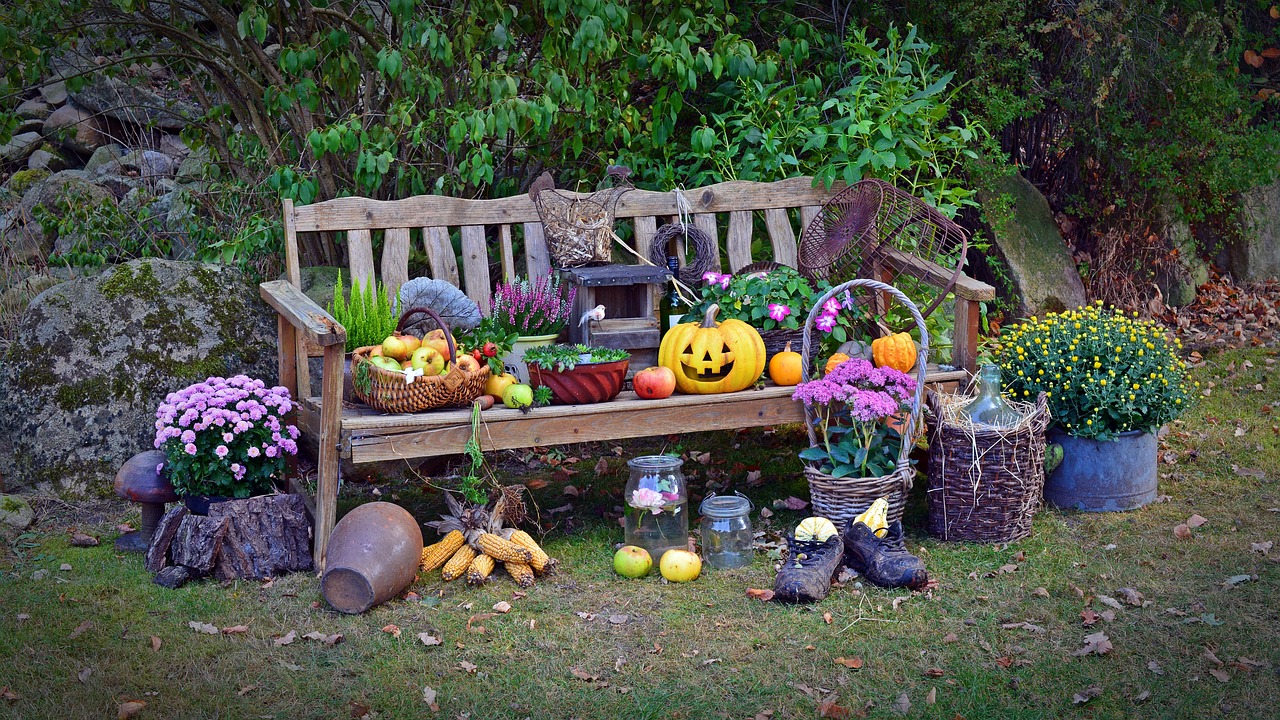
Food and Drink
Indulge in the culinary delights of Maslenitsa, a festival that tantalizes the taste buds with a rich array of traditional Russian dishes. At the heart of the celebration are the beloved blini, thin pancakes that symbolize the sun and the coming of spring. These versatile treats are enjoyed in various ways, whether filled with savory ingredients like caviar or mushrooms, or topped with sweet delights such as honey, jam, or sour cream. The act of making and sharing blini during Maslenitsa fosters a sense of togetherness and abundance, echoing the spirit of the holiday.
Alongside blini, other traditional foods play a significant role in the Maslenitsa feast. Pirozhki, small pastries filled with meat, potatoes, or cabbage, offer a savory contrast to the sweetness of blini. Kholodets, a cold meat jelly, adds a unique and hearty element to the celebratory table. These dishes, steeped in history and tradition, provide a glimpse into the rich culinary heritage of Russia and the importance of food in bringing people together.
Throughout Maslenitsa, the act of sharing meals with loved ones is a central theme, reinforcing bonds and creating lasting memories. Families and communities gather around tables laden with an abundance of food, enjoying each other's company and the warmth of shared traditions. The festive atmosphere, filled with laughter and joy, enhances the flavors of the dishes and creates a sense of unity among all who partake in the celebration.
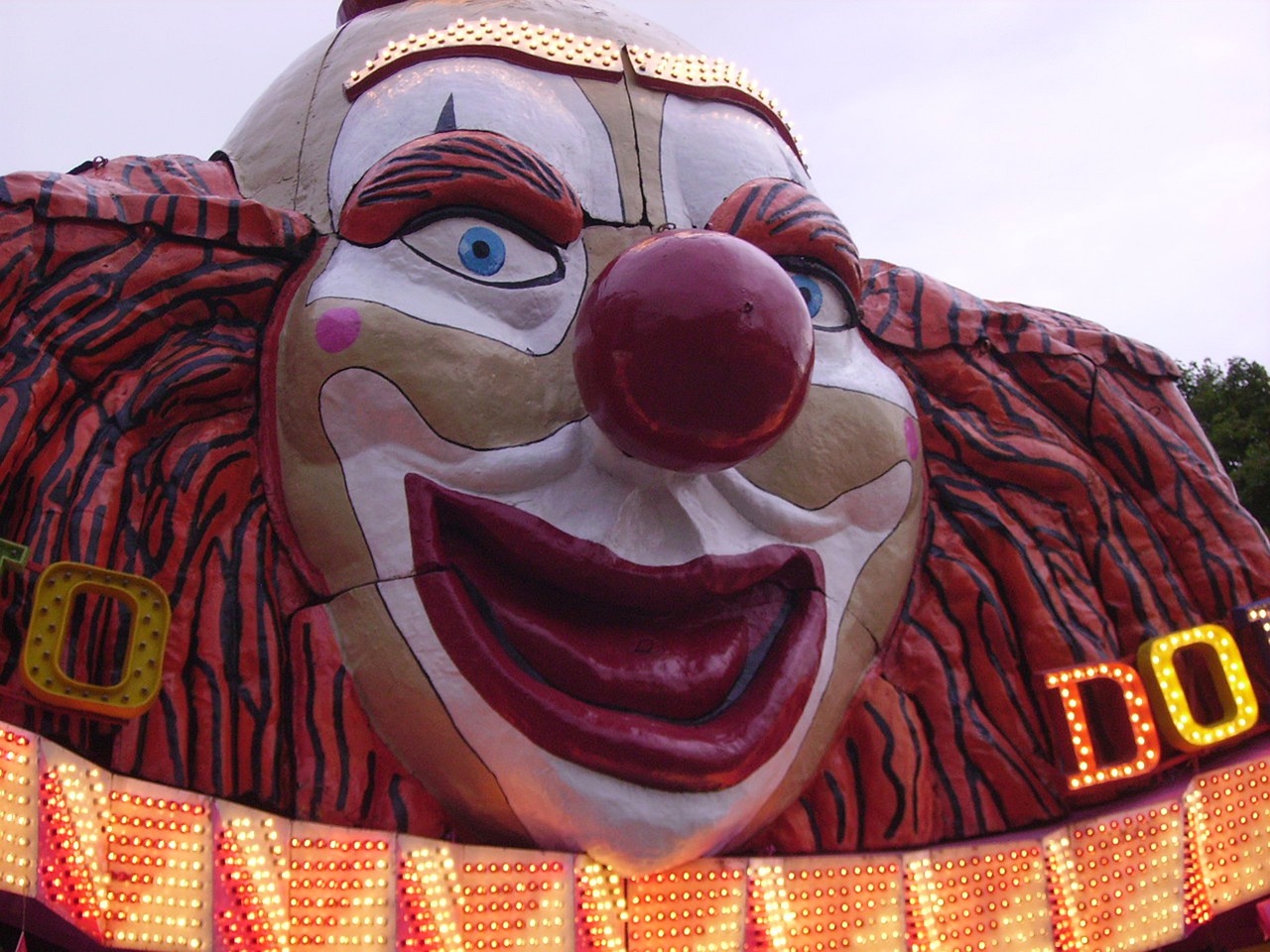
Folk Performances and Entertainment
Folk performances and entertainment play a vital role in the vibrant celebrations of Maslenitsa. This festive occasion is filled with lively displays of traditional music, dances, and theatrical performances that captivate both locals and visitors alike. Street fairs come alive with colorful costumes, energetic dances, and melodious tunes that echo through the air, creating an atmosphere of joy and merriment.
One of the highlights of Maslenitsa is the burning of the effigy of Lady Maslenitsa, a symbolic act that marks the end of winter and the beginning of spring. This ritual is often accompanied by folk songs and dances that tell stories of ancient legends and folklore, connecting the present with the past in a harmonious blend of tradition and modernity.
Outdoor concerts and performances are common during Maslenitsa, offering a platform for local artists and musicians to showcase their talents. From traditional folk songs to modern interpretations of classic tunes, these performances add a dynamic element to the festivities, engaging audiences of all ages and backgrounds.
Moreover, theatrical performances and puppet shows are prevalent during Maslenitsa, entertaining crowds with humorous skits, colorful costumes, and interactive storytelling. These performances often revolve around themes of rebirth, renewal, and the cycle of life, reflecting the deeper meanings and symbolism associated with the holiday.
Overall, folk performances and entertainment bring a sense of community, joy, and cultural richness to the celebrations of Maslenitsa, creating an immersive experience that celebrates the artistic heritage and creative spirit of Russia.
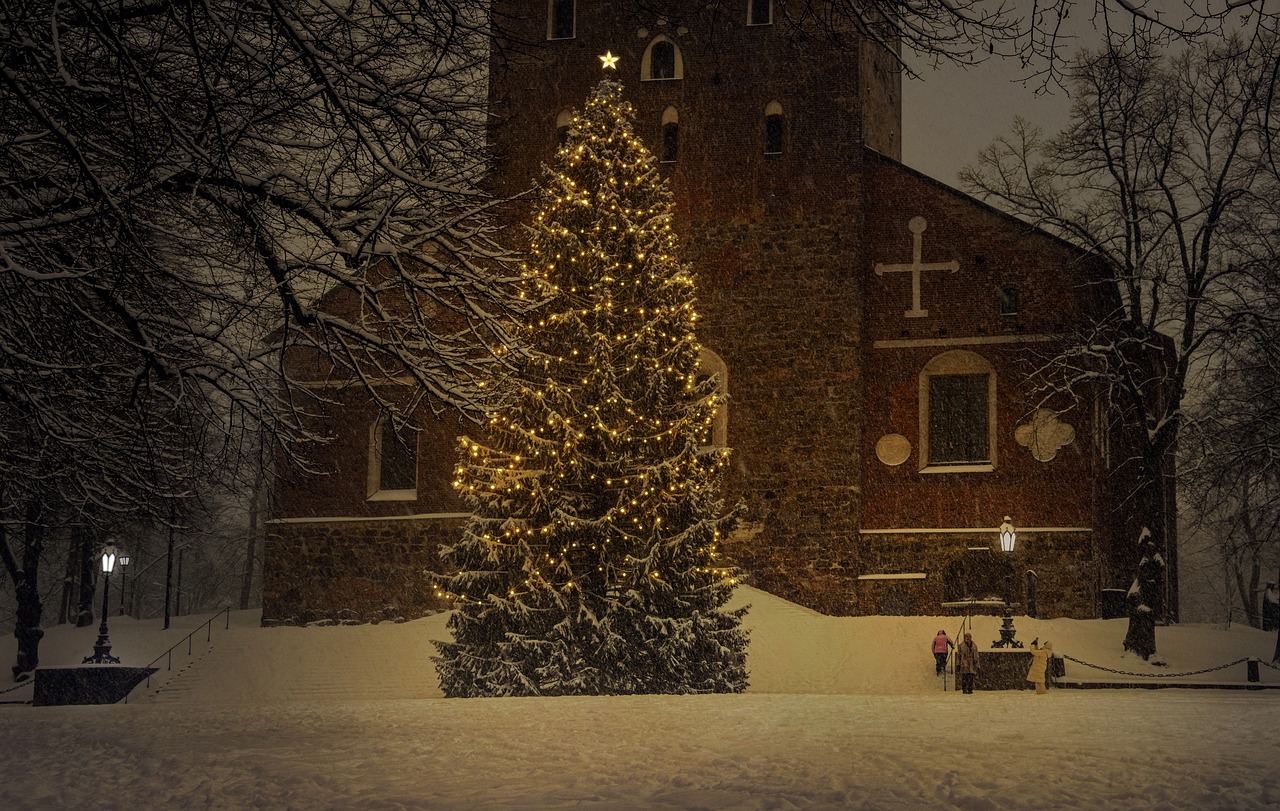
Family and Community Bonding
Family and community bonding lies at the heart of Maslenitsa, bringing people together in a shared spirit of joy and camaraderie. During this festive week, families gather to partake in traditional rituals and activities that strengthen their bonds and create lasting memories. Whether it's preparing and sharing delicious meals like blini and pirozhki, or engaging in fun games and performances, Maslenitsa fosters a sense of unity and togetherness among loved ones.
Parents pass down age-old traditions to their children, instilling a sense of cultural pride and belonging. Through the collective participation in Maslenitsa customs, families reinforce their shared heritage and values, creating a sense of continuity across generations. This holiday serves as a time for relatives to connect, reminisce, and create new experiences that deepen their relationships and create a sense of belonging within the community.
Community gatherings play a vital role in Maslenitsa, as neighbors come together to celebrate in a spirit of solidarity and friendship. Whether it's organizing street fairs, communal feasts, or outdoor activities, the festival provides a platform for people to interact, socialize, and strengthen the fabric of their local community. Through shared laughter, music, and dance, Maslenitsa fosters a sense of belonging and unity among residents, transcending social barriers and fostering a sense of inclusivity.
As individuals come together to celebrate Maslenitsa, they form connections that extend beyond the holiday itself, laying the foundation for ongoing relationships and support networks. The sense of community built during this festive period carries forward into everyday life, creating a network of mutual care and solidarity that enriches the lives of all participants. Maslenitsa serves as a reminder of the importance of family and community in maintaining social cohesion and collective well-being, reinforcing the bonds that tie individuals together in a shared cultural tapestry.
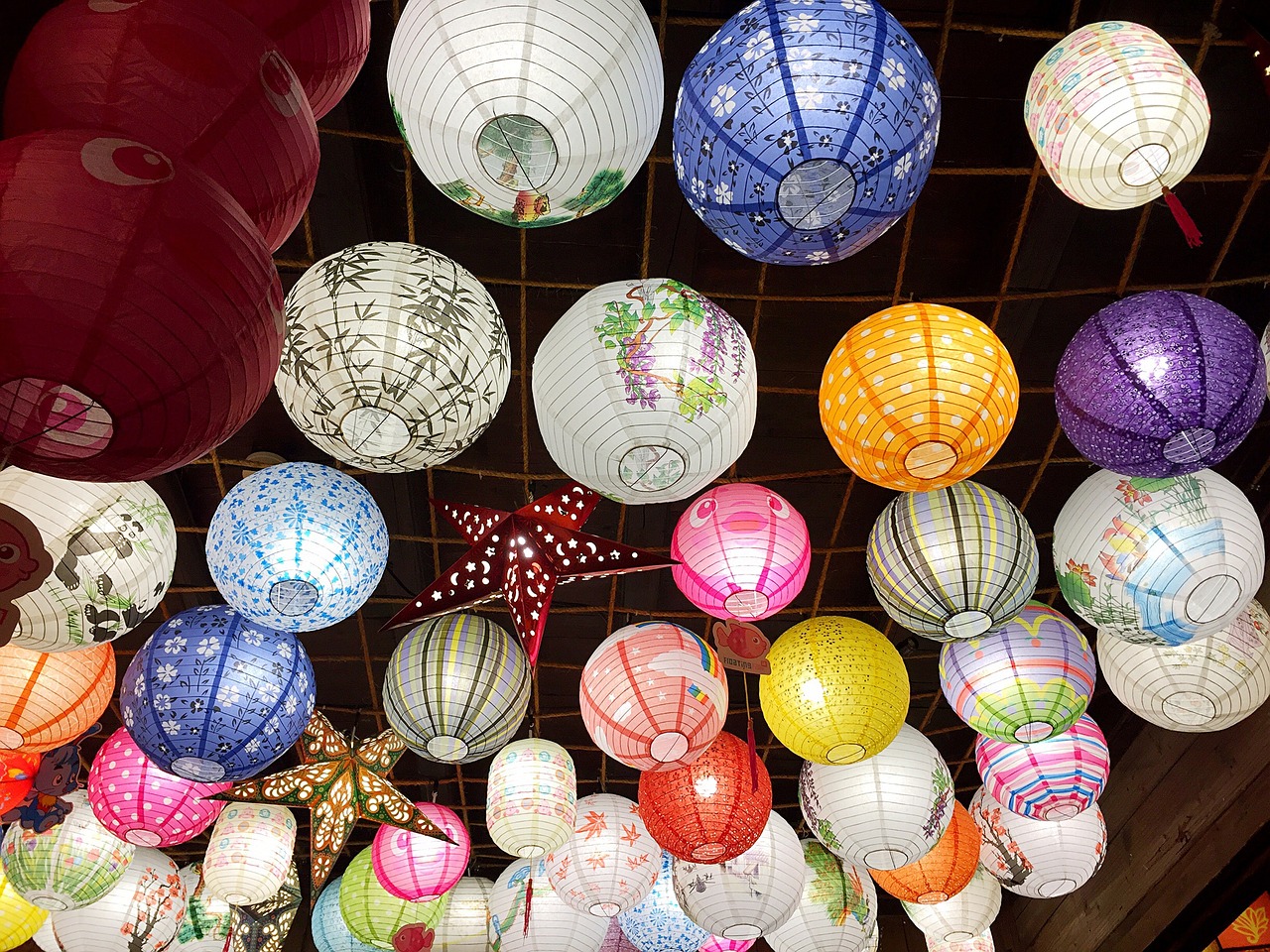
Impact on Russian Identity
When it comes to the impact of Maslenitsa on Russian identity, it is undeniable that this vibrant festival plays a significant role in shaping and preserving the cultural heritage of Russia. Maslenitsa embodies the essence of Russian traditions, values, and community spirit, making it an integral part of the country's identity.
Throughout history, Maslenitsa has served as a symbol of resilience and unity for the Russian people. By celebrating this festival, individuals reaffirm their connection to their roots and ancestors, fostering a sense of national pride and belonging. The customs and traditions associated with Maslenitsa serve as a reminder of the rich history and cultural diversity of Russia.
Moreover, Maslenitsa promotes social cohesion and solidarity among communities, bringing people together in joyous celebration. The festival provides an opportunity for families and friends to bond, share meals, and participate in various activities that strengthen interpersonal relationships. This sense of togetherness and camaraderie reinforces the collective identity of the Russian populace.
From a broader perspective, Maslenitsa contributes to the overall image of Russia on the global stage. The festival showcases the country's artistic heritage, culinary traditions, and festive spirit, offering a glimpse into the soul of Russian culture. By embracing and upholding the customs of Maslenitsa, Russians demonstrate their commitment to preserving their unique identity in a rapidly changing world.
Frequently Asked Questions
- What is Maslenitsa?
Maslenitsa is a traditional Russian festival that marks the end of winter and the beginning of spring. It is a week-long celebration filled with various customs, food, and activities.
- When is Maslenitsa celebrated?
Maslenitsa is typically celebrated in late February or early March, leading up to the beginning of Lent in the Orthodox Christian calendar. The dates vary each year based on the lunar calendar.
- What are some traditional activities during Maslenitsa?
Some traditional activities during Maslenitsa include making and eating blini (pancakes), participating in folk performances and dances, burning the effigy of Lady Maslenitsa, and engaging in outdoor games and festivities.
- How is Maslenitsa significant in Russian culture?
Maslenitsa holds great cultural significance in Russia as it symbolizes the transition from winter to spring, the renewal of nature, and the coming together of communities and families. It is a time to celebrate and strengthen social bonds.
- What role does food play in Maslenitsa celebrations?
Food plays a central role in Maslenitsa, with blini being the most iconic dish served during the festival. Other traditional foods like pirozhki and kholodets are also enjoyed, signifying abundance and prosperity.



















